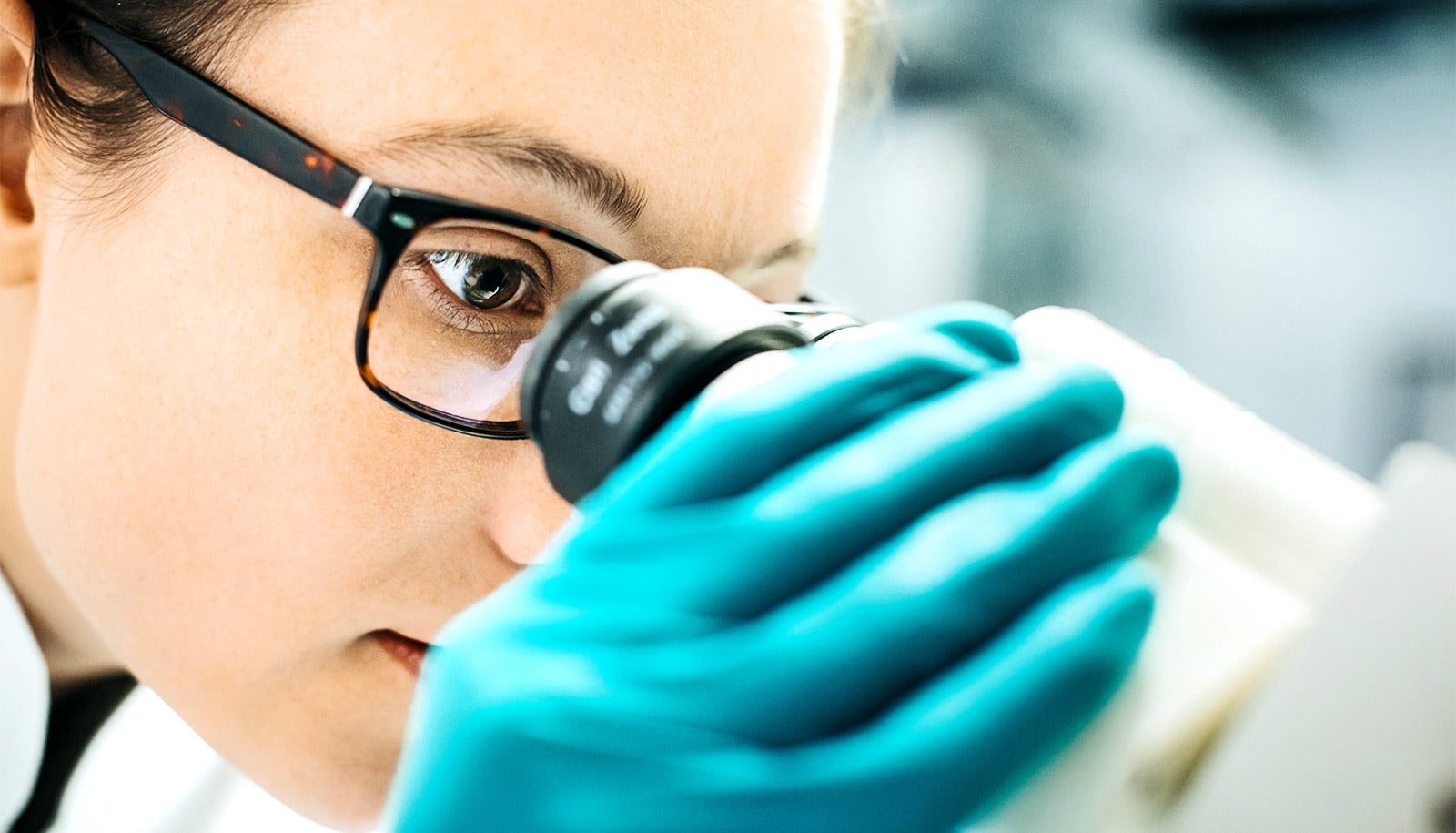Many forensic science methods commonly used in criminal cases and portrayed in popular TV police dramas have never been scientifically validated and may lead to unjust verdicts, experts argue in a new editorial.
“We wanted to alert people that this is a continuing and a major issue…”
In the editorial, which appears in the journal Proceedings of the National Academy of Sciences, six independent scientists who served on the now-terminated National Commission for Forensic Science appeal to the scientific community to help maintain momentum in putting forensic science on a firmer scientific basis.
“We wanted to alert people that this is a continuing and a major issue, that many of the forensic techniques used today to put people in jail have no scientific backing,” senior author Arturo Casadevall says.
Casadevall is chair of molecular microbiology and immunology at Johns Hopkins University Bloomberg School of Public Health. He served on the NCFS, a panel set up in 2013 by the Justice Department and the National Institute of Standards and Technology. It went out of existence early last year when its charter wasn’t renewed.
The scientists argue that the problems with forensic science are rooted in the discipline’s traditional close association with prosecutors and law enforcement.
“Almost all publicly funded [forensic] laboratories, whether federal, state, or local, are associated with law enforcement. At the very least, this creates a potential conflict of interest,” they note.
Law-enforcement laboratories developed traditional forensic methods aimed at linking suspects to patterns found at the crime scene—fingerprints, bite-marks, footprints, tire-marks—and these techniques matured largely outside of mainstream scientific culture. Once these methods became admissible in criminal cases, courts allowed their continued use because of judicial precedent.
While fingerprint analysis recently has seen reforms to make it a more quantified, objective, empirically based method, forensic scientists continue to use most other traditional pattern-matching methods despite insufficient understanding of their accuracy and reliability, the former commission members say.
“The forensic experts might claim, for example, that the fibers isolated from a body ‘match’ the fibers in a rug that was in the back of the suspect’s truck, but generally they won’t be able to say what the error rate in their conclusion is,” Casadevall says. “In other words, they haven’t properly characterized the uncertainties involved in concluding that it is a match.”
A major catalyst for rethinking forensic methods was DNA analysis, which entered widespread use in forensics in the 1990s and had unprecedentedly high accuracy and reliability. DNA analysis overturned many convictions based on traditional, less precise methods, and forced the recognition that these traditional methods were overdue for scientific scrutiny.
At the behest of Congress, the National Academy of Sciences convened a panel to study the problem, and, in 2009, the NAS panel issued a report sharply critical of contemporary forensic science. The authors concluded that, “with the exception of nuclear DNA analysis… no forensic method has been rigorously shown to have the capacity to consistently and, with a high degree of certainty, demonstrate a connection between evidence and a specific individual or source.”
The NAS report recommended the establishment of a research organization dedicated to reforming forensic science and bringing it into mainstream scientific culture. The report urged that this entity be independent of the Justice Department, to avoid a conflict of interest for the department, since questioning older methods could lead to overturning old verdicts.
In the end, though, the Justice Department prevailed. The NCFS was established to increase communication among academic scientists, judges, prosecutors, lawyers, and the forensic science community, but then placed under the joint administration of the department and NIST. Following the 2016 presidential election, the winds shifted and the DOJ declined to renew the commission.
“It’s a shame—we had been making a lot of progress,” Casadevall says. “Commissioners were realizing that, in addressing these questions, they might be able to improve their methods and the justice system.”
Forensics software to sort out ‘murky’ DNA mixes
Casadevall and his colleagues say they hope that drawing attention to the problem will inspire the scientific and forensic communities to keep pushing for reforms. They propose, for example, mandatory empirical testing of all methods currently admissible in court.
“We’re hoping to keep the issue alive,” he says, “and we can see that a lot of otherwise educated and well-informed people still don’t understand the extent of the problem.”
Scientists from Brown University, Cornell University, the University of Arizona, West Virginia University, and the Salk Institute for Biological Studies are coauthors.
Source: Johns Hopkins University



